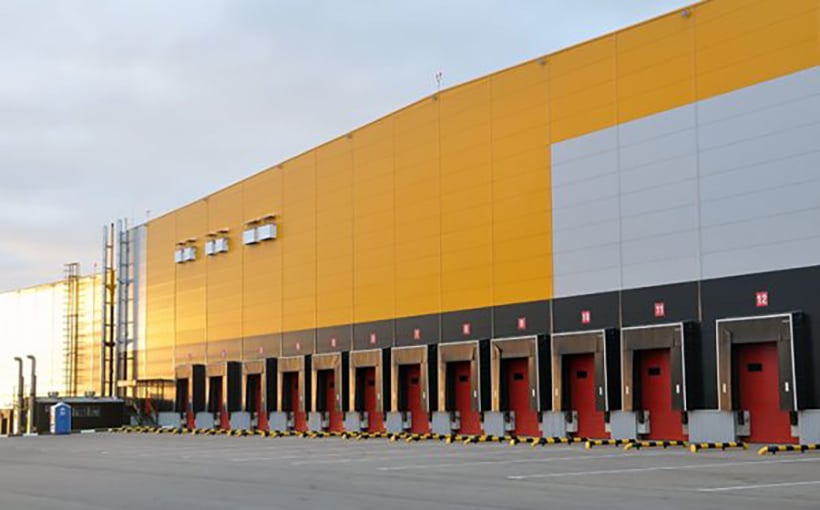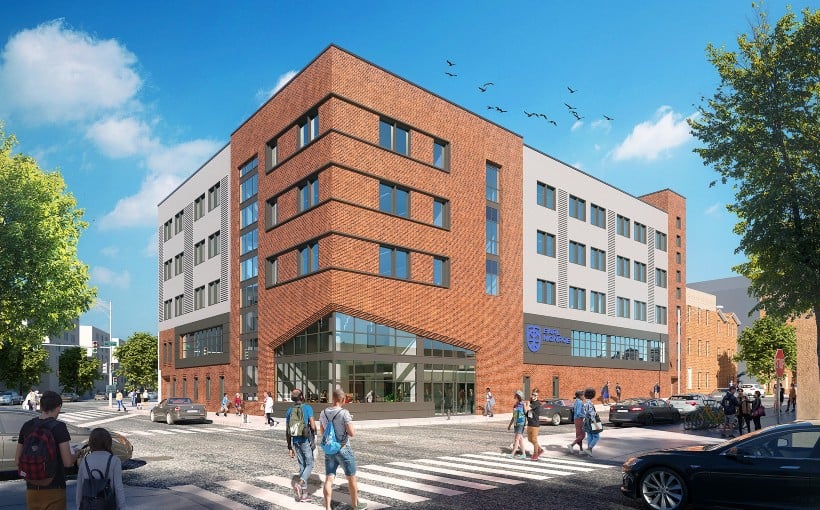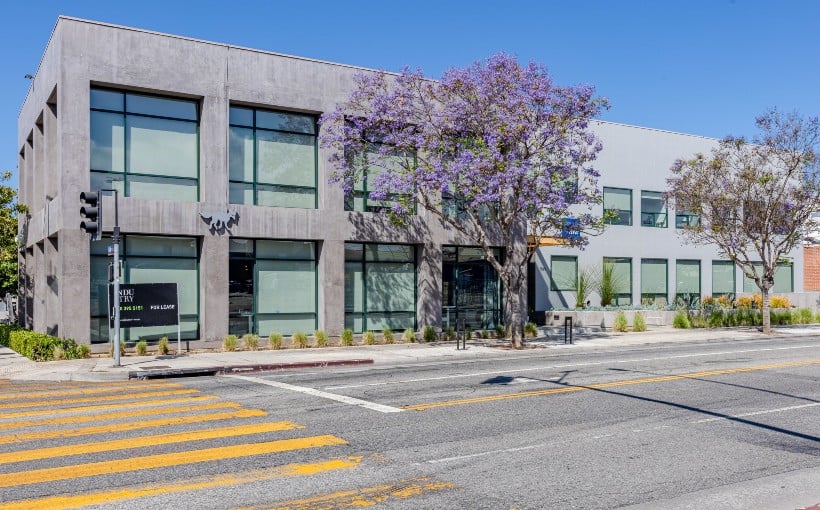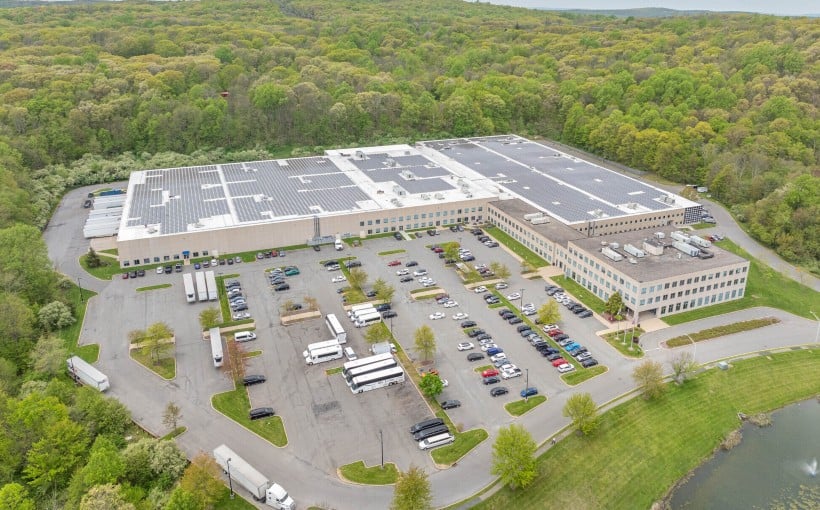**Q1 2025 Industrial Sector Shows Resilience Amid Economic Uncertainty**
In the midst of a turbulent economic landscape—marked by tariff fluctuations, market volatility, and ongoing ambiguity surrounding the Federal Reserve’s interest rate trajectory—the U.S. industrial real estate sector is proving to be a standout performer.
According to Cushman & Wakefield’s Q1 2025 United States Industrial MarketBeat report, the industrial market continues to show strong fundamentals. “The U.S. economy continues to absorb a healthy amount of industrial space,” the report states, despite broader economic concerns.
CBRE’s U.S. Industrial Figures report echoed this sentiment, citing solid leasing activity and modestly positive net absorption. However, it noted that net absorption was tempered by a trend of occupiers consolidating operations and vacating older facilities.
Despite the activity, analysts observed changes in supply dynamics. Colliers’ U.S. Industrial Market Statistics reported that new industrial space deliveries fell to their lowest level since the first quarter of 2019. The JLL Industrial Market Dynamics report similarly highlighted that the development pipeline has fallen to its lowest since 2015.
Lee & Associates’ Industrial Market Report added more context, pointing out that the sector is now emerging from a phase of record development. This rapid expansion has led to an oversupply of space and contributed to the slowest rent growth seen in years.
Looking ahead, the outlook for the sector is being heavily influenced by trade tensions and tariff policy. Lee & Associates warned that potential trade wars and imposed tariffs could negatively impact net absorption and cause retailers to delay distribution network expansions.
CBRE analysts added that many industrial tenants are pausing their real estate strategies in response to the uncertain tariff landscape. If widespread tariffs are enforced and costs are passed on to consumers, market activity could be significantly affected.
Cushman & Wakefield emphasized how some manufacturers and industrial tenants are attempting to mitigate tariff impacts by diversifying their supply chains and sourcing materials from countries with lower tariff burdens.
A potential decrease in consumer confidence and corresponding drop in consumer spending may also dampen demand for industrial space. JLL analysts noted that businesses are reevaluating their operational requirements and adjusting real estate plans to reflect the shifting economic environment.
Despite the uncertainty, one consequence of declining construction starts—driven by high material costs and tepid tenant demand—could be beneficial. A slowdown in new deliveries might help maintain higher occupancy levels in existing industrial facilities, according to Cushman & Wakefield.
In summary, while the industrial real estate sector is not immune to macroeconomic headwinds, it continues to demonstrate stability and adaptability in Q1 2025.




